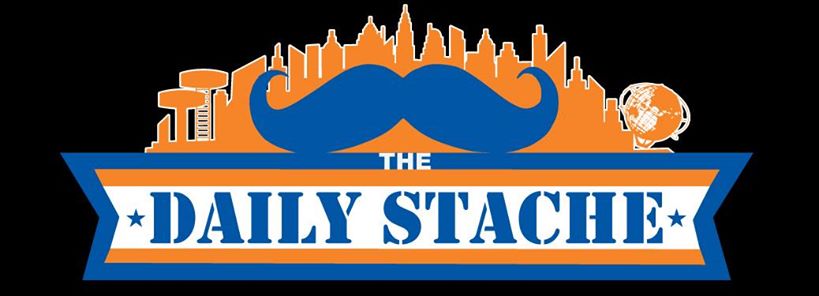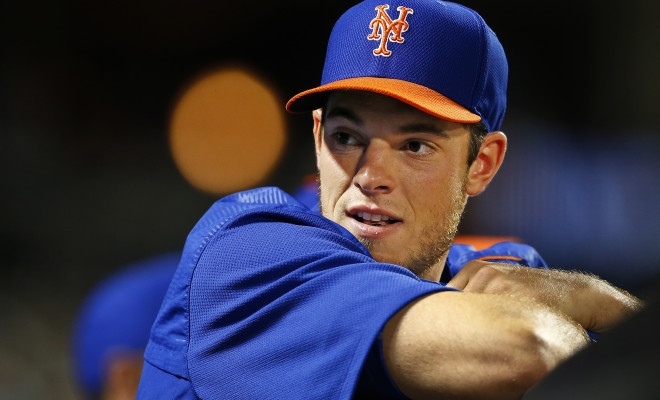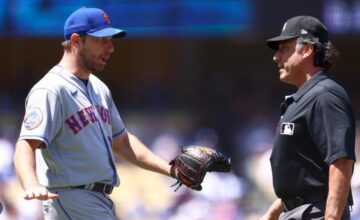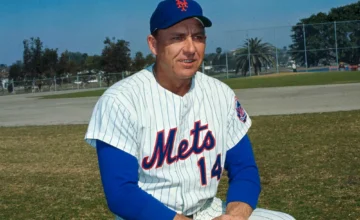At season’s start, the New York Mets were labeled as an improving team with a high ceiling. The Washington Nationals were lauded as a team whose time was now – showered with praise as well as high expectations.
In just a few months’ time, the Mets have risen to become playoff contenders, while the Nats have woefully underperformed – despite once being within sight of the NL East lead.
But beyond 2015, what does the future hold for these two division rivals? Which club is more prepared for sustained success in the coming seasons?
If starting pitching is the deciding factor, than the clear edge goes to New York.
Through drafts and key trades, the Mets have built a formidable young staff – headed by Jacob deGrom. His earned run average is now at a decent level of 2.6, but Matt Harvey isn’t far behind. A Tommy John patient in 2014, Harvey is steadily improving in his return season – with an ERA down to 2.80 with a WHIP of 1.031.
Noah Syndergaard must amend his road performances, but he’s certainly shown flashes of could be. In just 143 innings, he’s fanned 156 batters.
The newest call-up is left-hander Steven Matz. Although it’s a small sample size, the Long Islander certainly impressed over his four big league starts – having allowed just six earned runs and striking out 34 over 35.2 innings (not to mention four hits and five RBI in 14 at-bats).
Throw in the recovering Zack Wheeler (who is sitting out 2015 due to Tommy John Surgery), this quintet of power arms has an average age of 25. And none are older than 27. If you think facing the Mets starters is a scary now, it will probably only get more daunting.
Like the team itself, the Nationals’ rotation is built for the present.
When management inked free agent Max Scherzer to a whopping contract this past offseason, it only added to Washington’s greatest strength.
But this strength has shown some weak spots. Doug Fister and Stephen Strasburg have had injury-plagued campaigns. Neither Gio Gonzalez, nor Jordan Zimmerman are as reliable as they were in the past. The only dependable one has been Scherzer, who was especially scorching in June.
Max is in for the long haul in D.C., and it would be a surprise if the 31-year-old right-hander doesn’t have at least five more effective seasons. For the rest, it’s unknown what will happen beyond this season – especially with Zimmermann set to become a free agent.
The uncertainty that is engulfing the starters is also affecting the relievers. When GM Mike Rizzo dealt for Phillies closer Jonathan Papelbon, it bumped Drew Storen out of his assumed role. Now the eighth-inning man, Storen is off his rhythm…and off his game. His status in the Nationals bullpen is tenuous at best.
New York isn’t boasting about its relief pitchers, either – even as former National Tyler Clippard (who was acquired from Oakland in late July) is a much-needed set-up guy. It’s just too murky to predict what either bullpen staff will look like in three or four years, much less at the start of 2016.
A far clearer prediction is who will make up the main part of the Washington batting order. Bryce Harper is enjoying a breakout year at age 22. There’s no reason to believe he won’t keep this up – or even improve on it. The many battles he’ll continue to have with Harvey, deGrom and Syndergaard should be entertaining, to say the least.
Rendon is going to be a mainstay at either third base or second base, but fellow infielder Ian Desmond will likely test free agent waters come wintertime. The injuries to Jayson Werth and Ryan Zimmerman are proof the Nats must explore additional hitting options.
Acquired in a three-team deal that also included starter Joe Ross, Turner can bring speed to a team that is near the bottom in stolen bases. He’s also hitting .292 for after landing his first home run against the Braves on Tuesday. Though his fielding could use some work, this call-up is sure not to be a temporary move.
It’s uncertain whether the Mets’ top hitting prospect, Michael Conforto, will be an effective addition this postseason. What is certain is that he is part of the team’s future plans. Considering this is an offense that will need help beginning next year, that’s a good thing. Newly-acquired Yoenis Cespedes may very well be a rental, while veterans Juan Uribe and Michael Cuddyer can only be deemed as short-term solutions.
Those who should be around for a while include Lucas Duda, Wilmer Flores and catchers Travis d’Arnaud and Kevin Plawecki.
But, overall, the Mets are weaker when it comes to scoring runs – primarily because they don’t have anyone to match the power of Bryce Harper. No one does, for that matter.
In the realm of the MLB hierarchy, the Washington Nationals still rank near the top – despite having flopped in 2015. But with starting pitching at such a premium these days, it would be impossible to overlook what’s building in Queens.





2 Comments